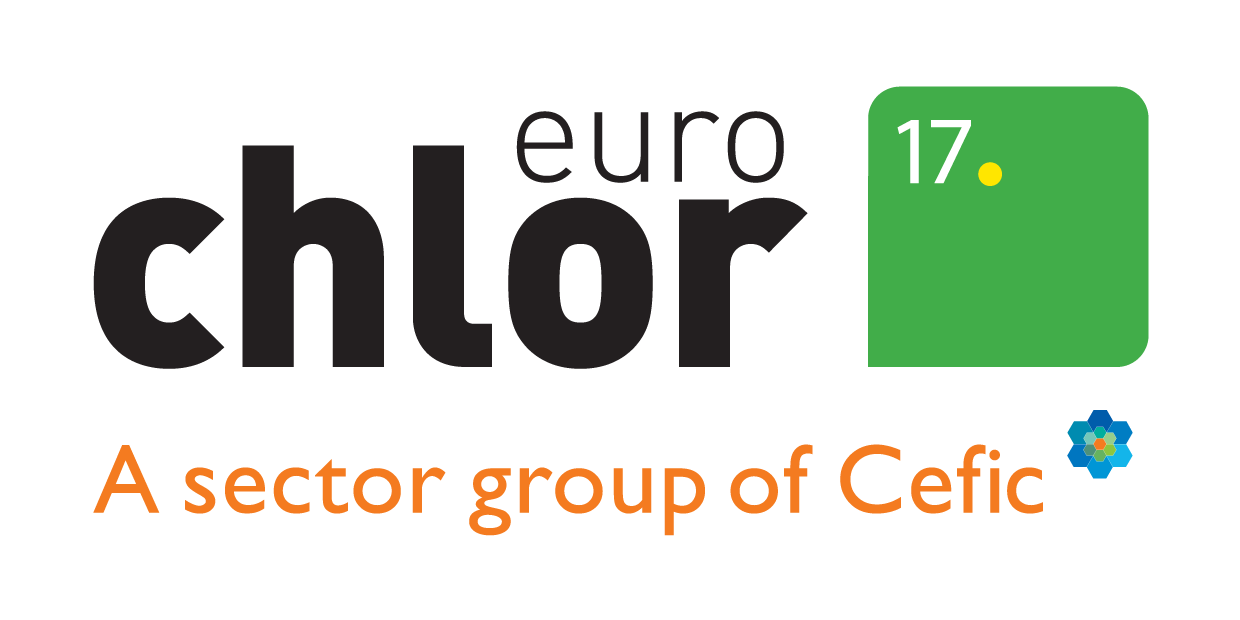Swimming Pools
Chlorine chemistry does a great job in keeping our swimming pools safe and healthy. However, correct handling of pool chemicals and proper pool management remain essential.
Active chlorine solutions have a wide range of applications most famously in swimming pools. This use harnesses the powerful oxidizing properties of these solutions, but a small part of the active chlorine that isnt used for the disinfection, can take part inreactions which create halogenated organic by-products (also called disinfection by-products or DBPs).
As with all other disinfection methods, active chlorine can react with biological material such as sweat or urine and may form potentially harmful by-products. These by-products are responsible for the typical chlorine smell of the pool. Maintaining high hygiene standards (showering with soap before going into the pool, washing hands after toilet visits) in pools is crucial to avoid the formation of these by-products. Correct pool ventilation is also an important tool.
The health implications of these by-products have been of particular interest to toxicologists, health professionals and regulators. This was initially because of concerns that they may include, or be similar to, some carcinogenic or asthma causing molecules.
Euro Chlor has published a document, written by an independent chemist, Mr John Pickup, that reviews the scientific research on the health implications of the relevant by-products formed during such uses of active chlorine solutions as a biocide.
The dossier draws conclusions consistent with the World Health Organisation who continue to emphasise that standards of protection of water must not be compromised because of concerns about potential risks from disinfection by-products. It also agrees that, with correct management and use of these essential biocides, such DBP formation can be effectively minimised.
The Science Dossier collates the findings of more than 140 recent scientific studies. It is available to be downloaded here.
These findings agree with those of the Belgian Superior Health Council, an esteemed scientific advisory board for the federal government, who have the following statements on the use of chlorine in swimming pools:
- Chlorine is acknowledged as today’s best pool disinfectant agent
- Good pool management must keep chlorine exposure low and below the limits
- Adequate ventilation must prevent the formed accumulation of chloramines
- Swimmers’ hygiene should be optimised by having a soapy shower before swimming and by avoiding contamination by body substances
- The long-term effects of alternative disinfection methods should be carefully studied before putting them in place.
- There is insufficient evidence to conclusively link some respiratory illnesses (such as childhood asthma) with attendance of chlorinated swimming pools.
This is in addition to earlier advice they gave that, below the age of 1 year, the risks for infection in infants might not weigh up against the potential benefits of swimming. This is due to their hyper-reactive mucosa and immature lungs meaning babies more easily catch infections. Swimming pools constitute an environment with high water temperatures and a combination of low-concentration disinfection by-products and potential bacterial contamination.
